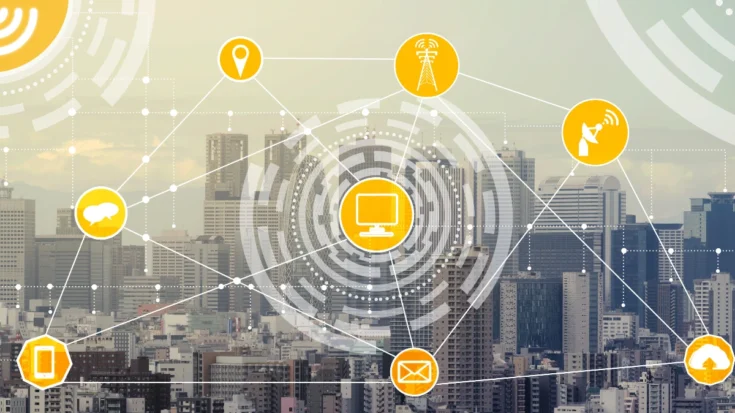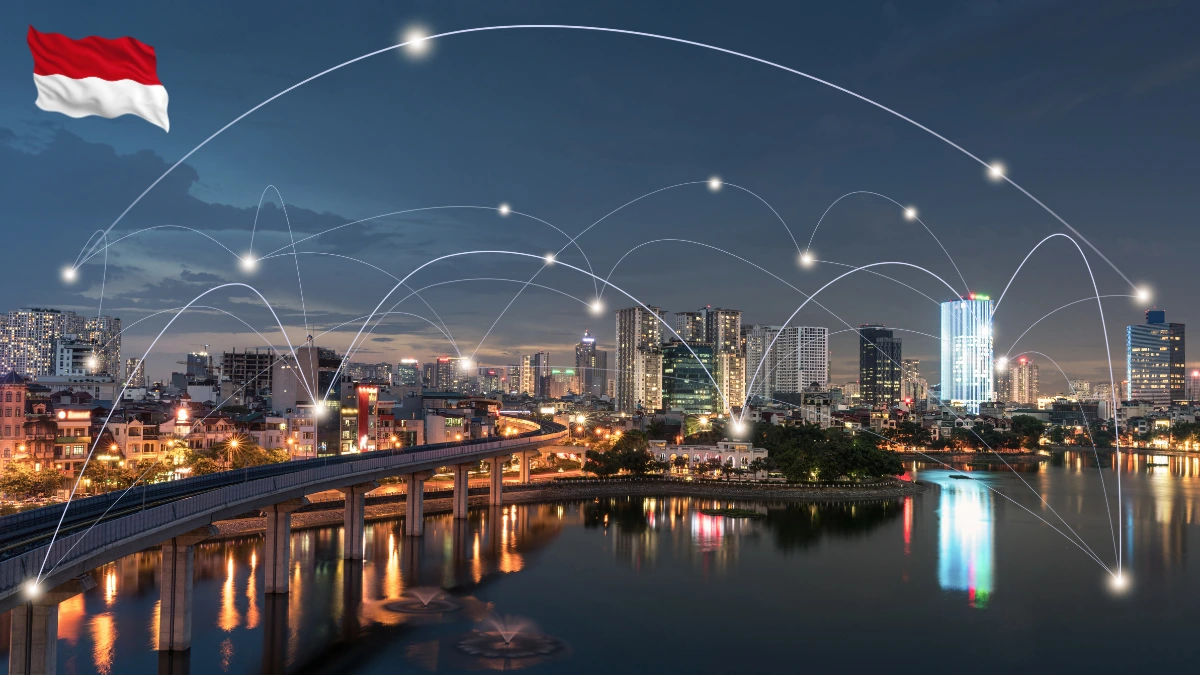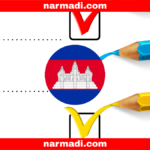WPT or Wireless Power Transmission in Indonesia has developed very rapidly both in terms of providing infrastructure and supporting technology.
Wireless Power Transmission is especially useful for devices connected with dangerous cables. Wireless Power Transmission in Indonesia is a fairly new technology but market demand has seen a significant increase.
Along with the development of wireless power transmission in Indonesia, standardization activities have also been carried out. WPT regulations in several countries also continue to be promoted in the hope of harmonization of rules/laws in the implementation of Wireless Power Transmission in everyday life.
Also Read
In this article, we will provide information about the challenges of wireless power transmission in Indonesia and certification regulations.
Table of Contents
Challenges of Wireless Power Transmission in Indonesia

1. Limited transmission distance
Current WPT technology is generally still effective over short distances. In Indonesia, the application of WPT over longer distances, for example in large office spaces or public facilities, still faces efficiency challenges.
The greater the distance between the power source and receiver, the greater the energy lost, so this technology is less effective for large areas without additional amplifiers.
2. Potential interference and environmental impacts
The use of electromagnetic waves in WPT has the potential to interfere with other electronic devices that use similar frequencies.
In Indonesia, where many urban areas are densely packed with wireless devices, this potential for interference needs to be considered.
3. Energy efficiency still needs to be improved
The energy efficiency of WPT is often lower compared to using cables, where some energy can be lost in the form of heat during transmission.
This is an important consideration in Indonesia, especially with the high cost of electricity in some areas. For use in the business sector, low efficiency can increase operational costs, so innovation is needed that can increase WPT energy efficiency.
4. High implementation costs
WPT implementation requires relatively expensive equipment investments compared to traditional cable systems. In Indonesia, these high costs can be an obstacle, especially for small and medium businesses that want to adopt this technology in their operations.
Therefore, WPT is currently more commonly used in consumer electronic devices such as wireless chargers for cell phones, while it is still not widely implemented on a large scale.
DJID certification for Wireless Power Transmission (WPT) in Indonesia

In Indonesia, devices with Wireless Power Transmission (WPT) technology are required to undergo certification from DJID (Directorate General of Digital Infrastructure) under the Ministry of Communications and Digital (KOMDIGI).
This certification is important to ensure that WPT devices operate safely and do not interfere with other radio frequencies in the surrounding environment.
WPT certification is regulated by the Decree of the Minister of Communication and Information (KEPMEN) Number 260 of 2024, which contains various technical provisions and testing procedures that WPT devices must go through before being marketed.
One of the main parts of the test is verification of the device’s compliance with the frequencies used. This frequency testing ensures that the device works according to established standards.
After the device is tested, the results are recorded in the Test Results Report, which is the basis for assessing the suitability of the device before it is allowed to circulate in Indonesia.
For companies wishing to market WPT equipment in Indonesia, DJID certification services are available which help ensure that every technical and administrative requirement is met during the testing process.









